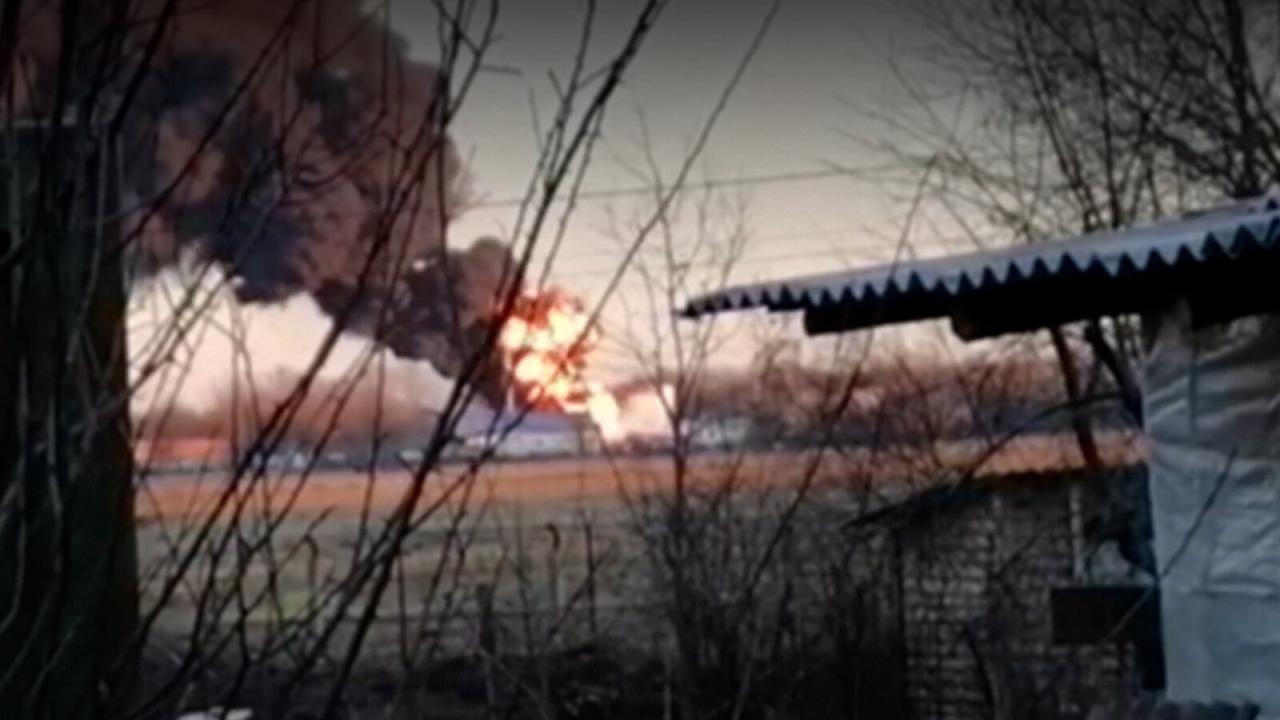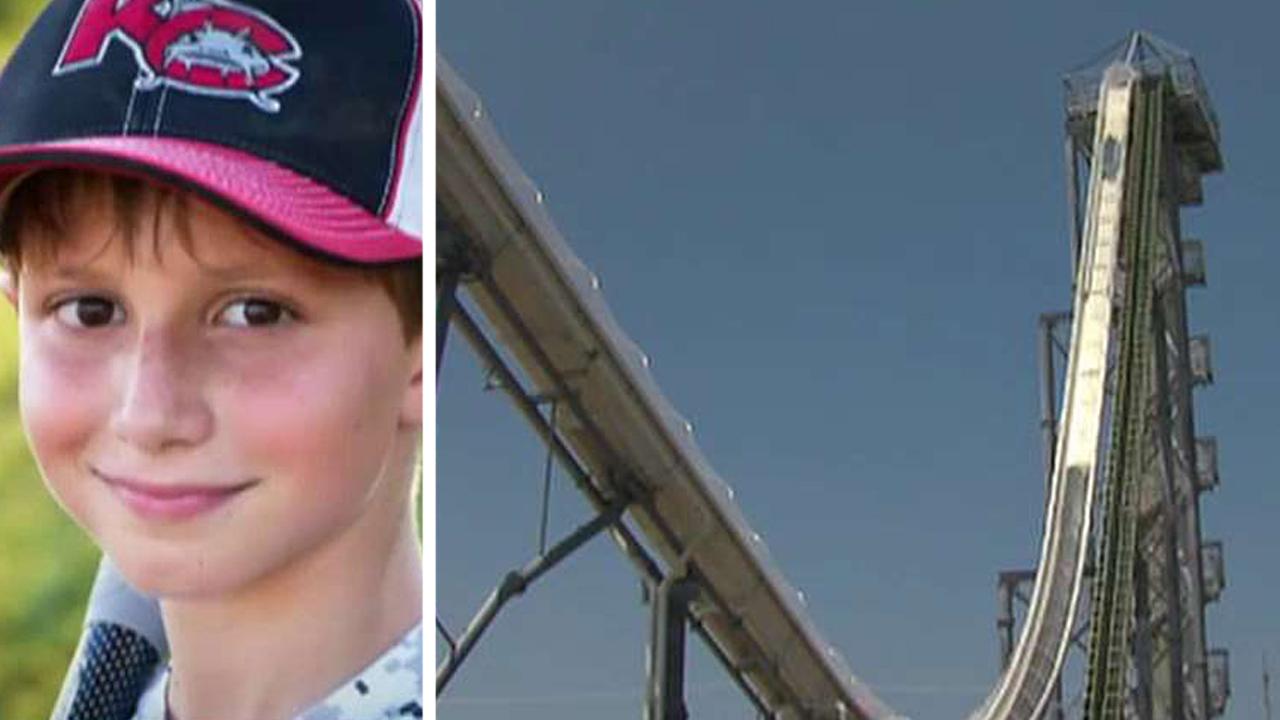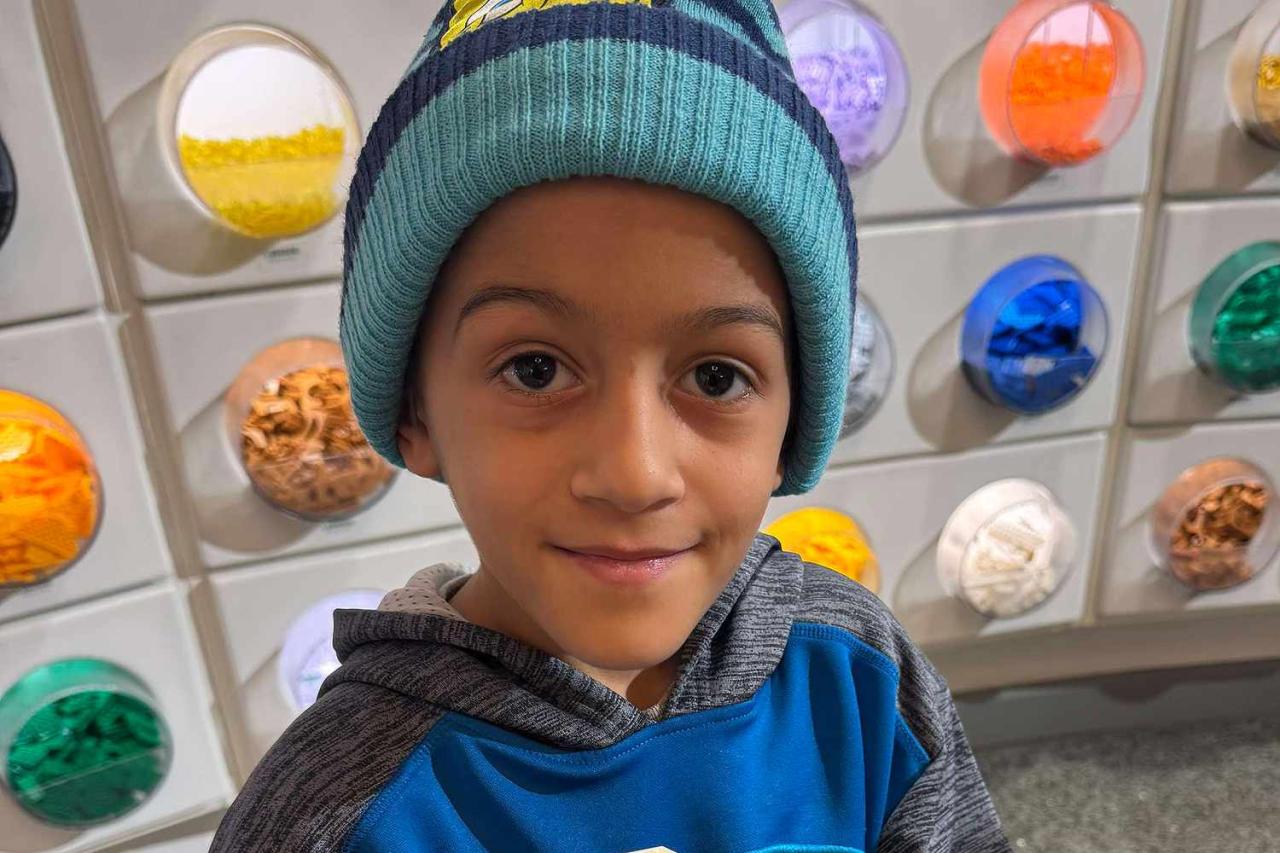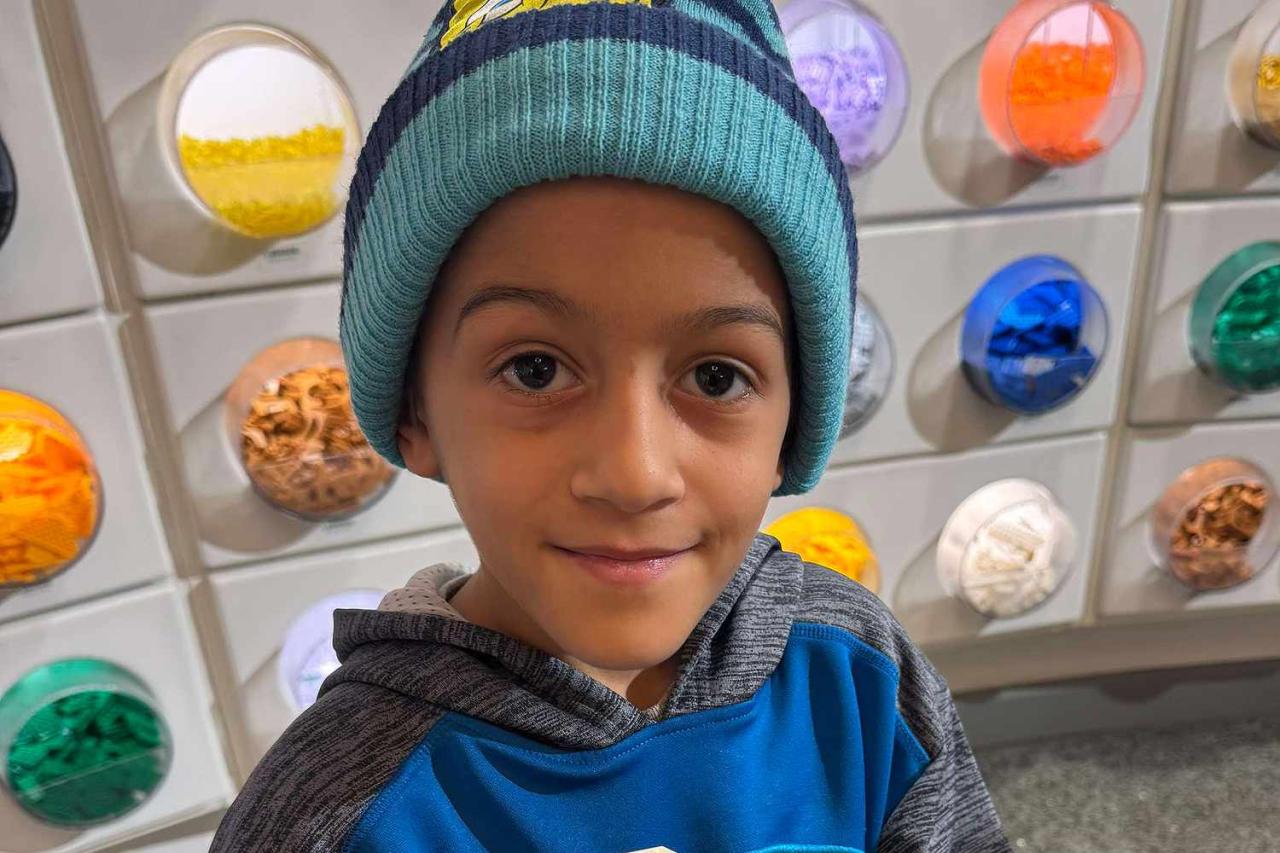Boy hit by drone – the headline screams a chilling reality. This isn’t a sci-fi nightmare; it’s a growing concern as drone technology becomes more accessible. We’ll explore the circumstances surrounding such accidents, delve into safety regulations, and examine the legal and ethical implications. Ultimately, we aim to understand how we can prevent these tragic events from happening again.
This exploration will cover the various factors involved, from the types of drones and potential injuries to the crucial need for better safety protocols and public awareness. We’ll look at technological solutions, legal responsibilities, and how education can play a key role in protecting people from this emerging risk.
A Boy Hit by a Drone: Understanding the Risks and Implementing Solutions
The increasing popularity of drones presents both exciting opportunities and significant safety concerns. One particularly alarming scenario involves a drone striking a person, as highlighted by recent incidents. This article delves into the complexities of such an event, exploring the causes, legal ramifications, technological solutions, and public awareness initiatives necessary to prevent future tragedies.
News about a boy being hit by a drone is a serious reminder of safety concerns surrounding drone operation. It makes you think about the scale of drone shows, like the impressive orlando drone show , and how crucial proper regulations and pilot training are. Ultimately, preventing incidents like a child being injured by a drone requires careful planning and responsible use of this technology.
The Incident: Describing the Event

Several factors can contribute to a drone striking a boy. These include operator error (distraction, lack of awareness of surroundings, exceeding operational limits), malfunctioning drone components (GPS failure, motor failure, software glitches), and unpredictable environmental conditions (strong winds, unexpected obstacles). The size and weight of the drone significantly impact the severity of the injury. Small, lightweight drones might cause minor bruises or cuts, while larger, heavier drones can inflict serious injuries, including fractures, head trauma, or even fatalities.
The drone’s features, such as propellers and cameras, can also exacerbate the injuries. For instance, a fast-spinning propeller can cause deep lacerations.
Imagine a scenario: A boy is playing in a park when a drone, possibly a large quadcopter weighing several kilograms, malfunctions and falls from the sky, striking him on the head. The immediate aftermath involves screams, the boy’s parents rushing to his aid, and possibly bystanders calling emergency services. The boy may be unconscious or severely injured, requiring immediate medical attention.
The scene is chaotic, with a mix of shock, fear, and concern.
Safety Regulations and Drone Operation
Current drone safety regulations vary significantly across jurisdictions. Many countries require registration, operator licensing, and adherence to airspace restrictions. However, enforcement often lags, and these regulations may not fully address the complexities of drone operation in populated areas. Drone safety features, such as geofencing (restricting flight to specific areas), obstacle avoidance systems, and automatic return-to-home functions, offer varying levels of protection.
However, these technologies are not always foolproof and may not account for all possible scenarios.
Improvements to drone safety regulations could include stricter enforcement, mandatory safety training for all operators, and the implementation of standardized safety protocols for all drone manufacturers. A hypothetical safety protocol for populated areas might involve mandatory altitude restrictions, speed limits, and the requirement of obstacle avoidance systems in all drones operating near people. Real-time monitoring and automated emergency shut-down systems could also be incorporated.
Legal and Ethical Implications

The legal ramifications for a drone operator whose drone strikes a person can be severe, ranging from hefty fines to criminal charges depending on the severity of the injuries and applicable laws. Ethically, drone operators have a responsibility to prioritize public safety, operate their drones responsibly, and be fully aware of the potential consequences of their actions. Drone manufacturers bear a significant responsibility in ensuring the safety of their products through robust design, thorough testing, and the incorporation of safety features.
Balancing technological advancement with public safety requires a multi-faceted approach. This involves collaboration between drone manufacturers, regulatory bodies, and the public to establish clear guidelines, enforce regulations, and promote responsible drone use. This necessitates a continuous dialogue and adaptation to evolving technologies and societal needs.
Technological Solutions and Prevention
Several technological solutions can help prevent drone accidents. Advanced obstacle avoidance systems using multiple sensor technologies (LiDAR, radar, cameras) are crucial. These systems should be able to detect and avoid not only stationary objects but also moving objects, including people. A drone’s emergency shutdown protocol should be reliable and easily activated in case of malfunction or imminent danger.
This could involve a combination of automatic shutdown triggered by sensors and manual override by the operator.
Hey, so you heard about that kid who got hit by a drone? It’s a pretty serious reminder about drone safety, especially with how common they’re becoming. Check out this article for more details on the incident: boy hit by drone. Learning from this unfortunate event is key to preventing similar accidents in the future, ensuring responsible drone operation.
The whole boy hit by drone situation highlights the need for better regulations and awareness.
A system for drone detection and avoidance could involve a network of ground-based sensors and air traffic control systems to monitor drone activity in real-time. This system would issue alerts to operators and potentially initiate automatic intervention if a drone is heading towards a collision course. The flowchart below illustrates a hypothetical emergency shutdown protocol:
Start -> Sensor detects obstacle -> Risk assessment -> Risk exceeds threshold? Yes -> Initiate emergency shutdown -> Drone lands safely. No -> Continue flight.
Public Awareness and Education

A comprehensive public awareness campaign is essential to educate the public about drone safety. This campaign should target both drone operators and the general public.
Effective strategies include public service announcements (PSAs), educational brochures, online resources, and community workshops. A PSA might highlight the potential dangers of irresponsible drone operation and emphasize the importance of following safety regulations. A brochure could Artikel safe drone practices for operators and the public, including maintaining awareness of surroundings and adhering to airspace restrictions.
| Safe Drone Practices for Operators | Safe Drone Practices for the Public | Emergency Procedures | Reporting Incidents |
|---|---|---|---|
| Register your drone | Stay aware of drone activity | Immediately shut down drone | Contact local authorities |
| Follow all regulations | Keep children away from drones in flight | Activate emergency return-to-home | Report injuries or damage |
| Maintain visual line of sight | Report unsafe drone operation | Contact emergency services | Provide details of the incident |
| Use appropriate safety features | Avoid areas with restricted airspace | Follow manufacturer’s instructions | Preserve any evidence |
Illustrative Examples, Boy hit by drone
Responsible drone operation near children involves maintaining a safe distance, flying at a low altitude, and ensuring the drone’s flight path avoids children’s play areas. A hypothetical accident could involve a drone malfunctioning due to a sudden gust of wind, causing it to lose control and strike a child playing in a park. Contributing factors could include operator error in failing to account for the wind conditions and the lack of a reliable obstacle avoidance system.
The impact of a drone strike on a child’s life can be devastating, resulting in physical injuries, emotional trauma, and long-term psychological effects. The visual representation of the accident scene would depict a sunny park, children playing, a drone falling from the sky at a steep angle, and the immediate aftermath with panicked parents and onlookers. The drone’s trajectory would be clearly visible, indicating the lack of control and potential contributing factors such as strong wind or malfunctioning equipment.
A boy getting hit by a drone is a scary thought, right? It highlights the potential dangers of even seemingly harmless technology. Incidents like this make you wonder about safety protocols, especially considering the scale of something like the orlando drone show malfunction , where a large number of drones were involved. Hopefully, improved safety measures will prevent similar accidents from happening to kids – or anyone – in the future.
Closure: Boy Hit By Drone

The incident of a boy being struck by a drone highlights a critical need for improved safety regulations, technological advancements, and public awareness. While drone technology offers immense benefits, its potential dangers must be addressed proactively. By implementing stricter safety measures, investing in preventative technologies, and educating both drone operators and the public, we can work towards minimizing the risk of similar accidents and ensure the responsible use of this powerful technology.
Quick FAQs
What are the most common types of drones involved in accidents?
Consumer-grade drones, often smaller and lighter, are frequently involved, but larger commercial drones also pose risks.
What kind of compensation can a victim expect?
Compensation depends on the severity of injuries and the legal jurisdiction. It could involve medical expenses, lost wages, and pain and suffering.
Are there insurance policies for drone-related accidents?
Yes, liability insurance is crucial for drone operators, particularly those flying commercially. Check with your insurance provider for specifics.
How can I report a drone accident?
Report the incident to local authorities and possibly the Federal Aviation Administration (FAA) in the US or the equivalent agency in your country.
